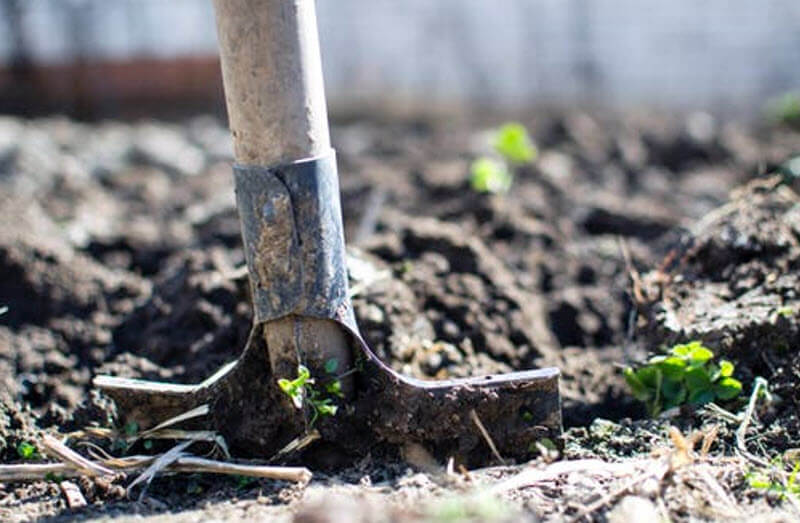
Who would’ve thunk it? Something we all learned in junior high school science could be an essential factor in reducing global warming – and many Americans can help.
What’s this basic science concept? Plants suck up carbon and turn it into oxygen. And how can the average, home-owning American use that knowledge to help global warming?
Maintain your yard. Try non-tilling practices in your gardens.
Yup, it’s simple but accurate. And, in urban areas, green spaces like yards and parks can go a long way to helping solve climate change.
In March 2018, the New York Times published an article by Kendra Pierre-Louis that headlined A Secret Superpower, Right in Your Backyard.
The superpower? According to the article, your backyard can absorb and store a “significant” amount of carbon from the air and store it in the soil. So, what’s the big deal, you say? Taking carbon out of the atmosphere via your backyard and gardening practices, no matter how small the amount, helps fight global warming.
According to the article, most research about climate change and green spaces focused primarily on larger areas like parks, which gave the impression that smaller spaces like yards did not contribute to the cause. “But what we realized is that people’s backyards are really a big player here,” said Carly Ziter from the University of Wisconsin-Madison. Ziter’s studies have shown areas like backyard lawns and golf courses are better at absorbing carbon than, for example, forest ecosystems, which are better at absorbing water. And all those little backyard spaces add up!
The article warned, “. . . before we start chopping down forests and putting in lawns, it’s important to note that the study focused on soils, not on what may be growing above.”
Town and city planners can also help by requiring developers to leave as much land and trees intact and healthy as possible for several reasons. One, having more healthy green spaces and less pavement helps “cool” down cities. Temperatures drop with more green spaces. Conversely, pavement and buildings absorb heat from the sun’s rays and release it back into the air. Two, bulldozing everything flat releases carbon stored in the ground – carbon from decaying organic material, often in the form of dead microbes, trapped in dirt. If soil is bulldozed or tilled, they release carbon into the atmosphere.
Down the road from the bigger towns and cities, small organic farmers and backyard gardeners have kept their soil healthy by composting, planting cover crops that put nutrients back into the ground while helping mitigate moisture evaporation, and not tilling. This non-tilling practice fights erosion and keeps carbon in the soil.
Want to know more? Check out these links.
A Secret Superpower, Right in Your Backyard




Leave a Reply